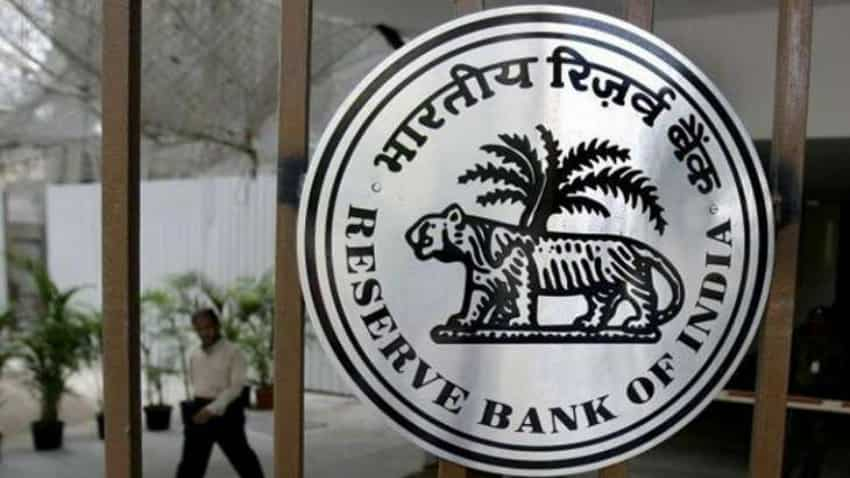Are banks selling non-performing assets (NPAs) at undervalued prices? Are Asset Reconstruction Companies (ARCs) making large profits from these distressed loans? And is there a possibility of behind-the-scenes coordination between banks, ARCs, and borrowers? These are the concerns now drawing the attention of the Reserve Bank of India (RBI), which is keeping a close watch on high-value NPA transactions.
Questions around loan sale deals
Sources indicate that the RBI is observing how banks are selling bad loans to ARCs—especially in cases involving large sums of money.
There have been instances where ARCs have gone on to recover significantly more than what they paid for the loans, raising concerns about the fairness of such transactions.
Is there a lack of recovery effort?
The RBI is also concerned about whether banks are genuinely using their full power and muscle before opting to sell these loans.
The worry is that banks may not be exhausting all recovery options, choosing instead to offload NPAs at lower valuations.
Concerns of inside advantage
Another issue under the lens is the possibility of informal understanding or collusion between stakeholders—banks, borrowers, and ARCs—that may be influencing how and at what price loans are being sold and recovered.
RBI’s current approach
While the RBI has not announced any new regulations or formal investigation, it is actively tracking how much banks are recovering versus how much ARCs are ultimately able to extract from the same loans.
The central bank’s aim appears to be to ensure that the resolution process remains transparent, fair, and in line with the broader health of the financial system.
Anurag Dhole is a seasoned journalist and content writer with a passion for delivering timely, accurate, and engaging stories. With over 8 years of experience in digital media, she covers a wide range of topics—from breaking news and politics to business insights and cultural trends. Jane's writing style blends clarity with depth, aiming to inform and inspire readers in a fast-paced media landscape. When she’s not chasing stories, she’s likely reading investigative features or exploring local cafés for her next writing spot.






